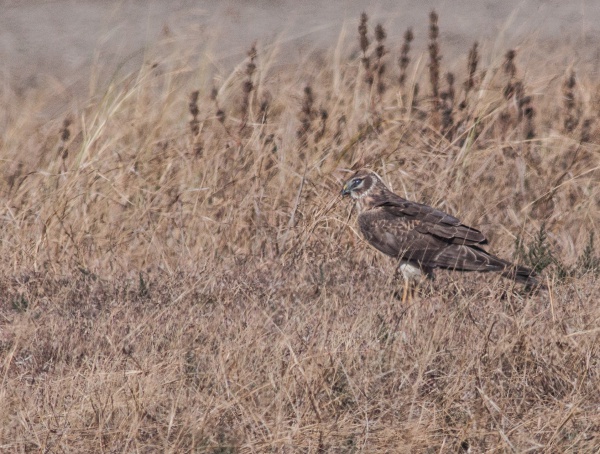Facts About Pallid harrier
The Pallid Harrier, scientifically known as *Circus macrourus*, is a compelling migratory bird of prey belonging to the harrier family. The term "Circus" derives from Ancient Greek, referring to a bird of prey noted for its distinctive circling flight, while "macrourus" translates to "long-tailed."
These birds breed in the southern regions of Eastern Europe, Central Asia, and Iran. During winter, they primarily migrate to India and Southeast Asia, although they are occasionally sighted as rare visitors in Great Britain and Western Europe. Notably, in 2017, a pair of Pallid Harriers nested in the Netherlands and successfully raised four chicks—a rare and remarkable event!
Pallid Harriers are medium-sized raptors that favor open plains, bogs, and heathlands during their breeding season. In winter, they typically inhabit open country. Their long wings are held in a shallow V-shape during flight, a characteristic trait of harriers. There is a notable sexual dimorphism in their appearance: males exhibit a whitish-grey coloration on top and white underneath, while females are brown on top with buff-streaked underparts. These birds measure approximately 40-48 cm in length with a wingspan ranging from 95-120 cm.
Their diet primarily consists of small mammals, lizards, and birds. They hunt by gliding low over fields and moors, making them a captivating sight in action.
Pallid Harriers build their nests on the ground and typically lay four to six whitish eggs. They can be distinguished from other harrier species by their size, wing shape, coloration, and wingtip patterns.

 Israel
Israel